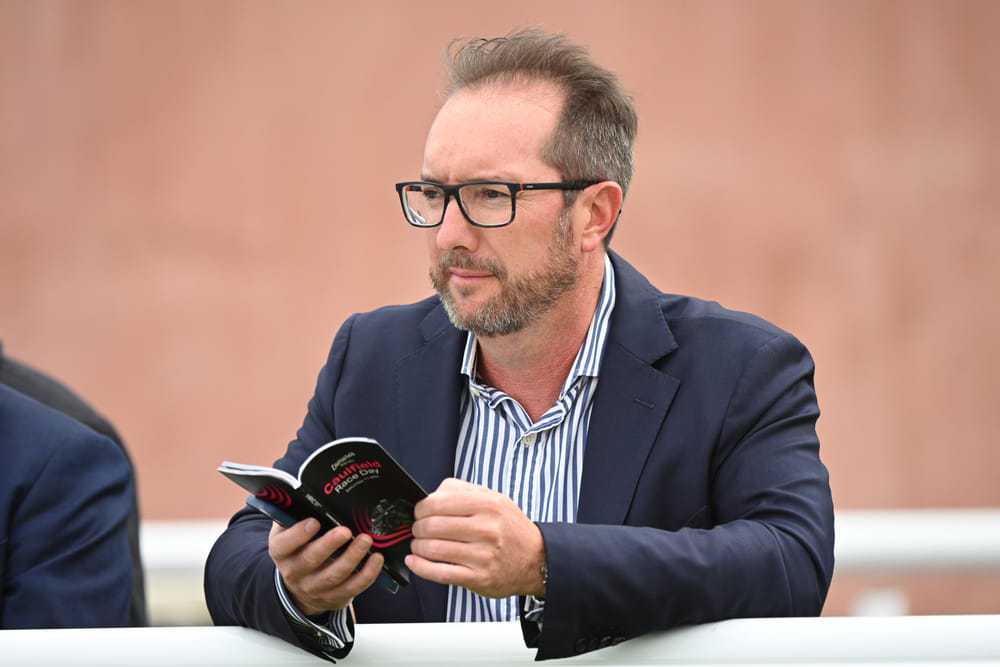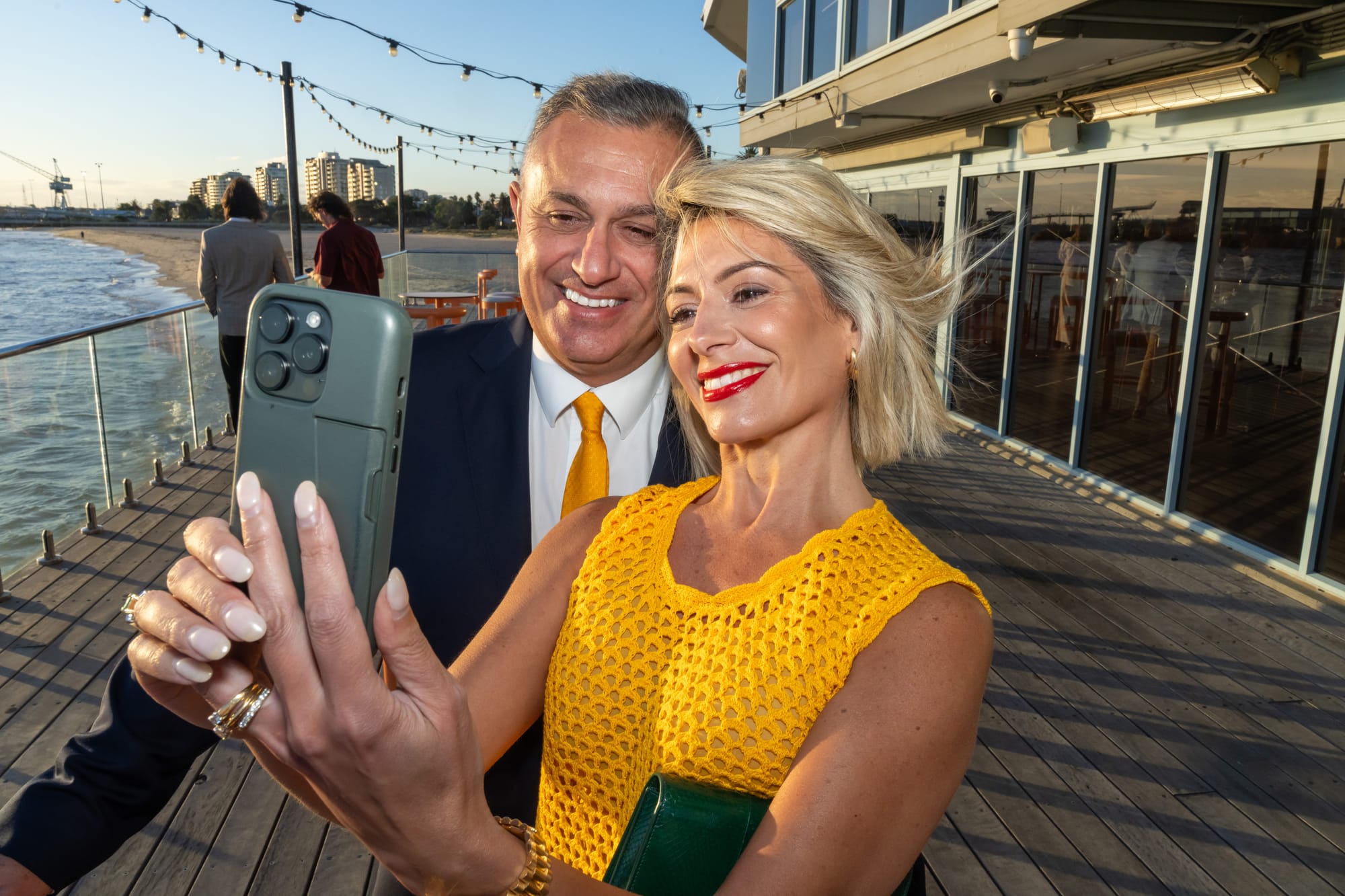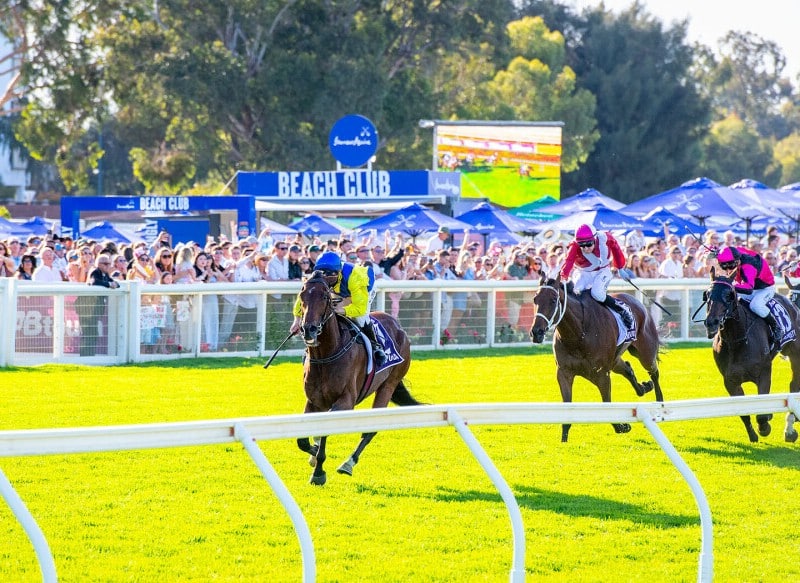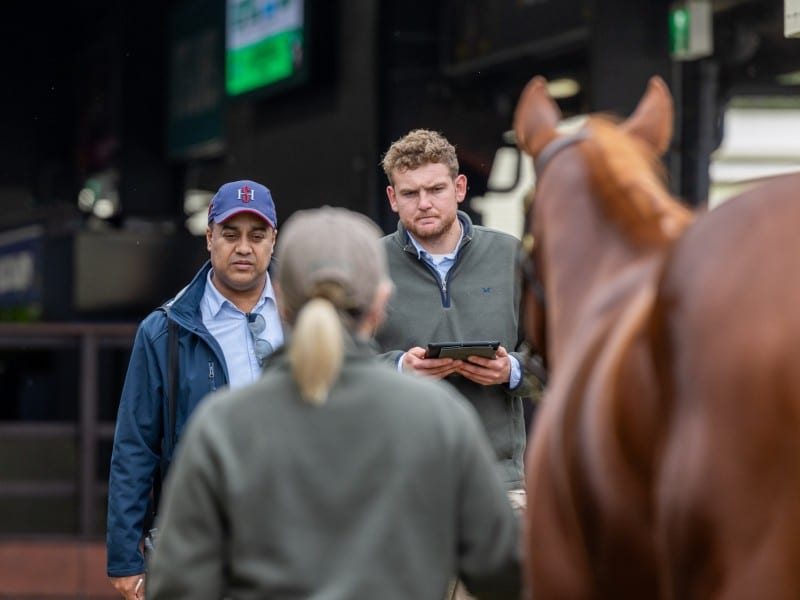Boardrooms, ballots and potential legal bunfights: The battle for power at the MRC
Voting has closed to fill two positions on the board of one of Australia’s oldest racing clubs after an election process that would have been routine and inconsequential at any other time.

But with the potential sale of a key asset, the opening of the first stage of a masterplan for Caulfield that has met with industry criticism and controversial plans to demolish a grandstand, the lead-in to the Melbourne Racing Club’s annual general meeting has engaged an audience that extends far beyond its 14,000 membership base.
When you add a call to spill the current board before Thursday’s AGM, a subsequent threat to suspend rebel directors calling for change ahead of an executive to elect a new chair, it’s not hard to see why the internal politics of racing have created mainstream headlines.
Matt Cain, who steps down as chairman after 15 years on the MRC board, insists the club can emerge from the in-fighting with a clear vision on its future.
“The politics should stay in the boardroom … that’s where you get an opportunity as a board member to present your views,” he told The Straight.
“We have very robust discussions. We have very fair, very friendly discussions in the boardroom but we all work on the premise that when you walk out of the boardroom with an agreed majority or an agreed position, that’s the publicly stated position.
“Never should there be a situation where board members want to compromise that or go out on their own because that’s when you create factional issues and you create uncertainty.”
Cain will ride off into the sunset under the club’s statutory requirements, and fellow committee member Mark Pratt resigned last week.
It’s been a tumultuous term as chairman for Cain but he makes no apologies for what he has tried to achieve since assuming the helm in 2022.
He says a sale of Sandown is not a fait accompli but a successful rezoning of the racetrack gives the MRC options if there is a broader industry appetite or necessity to rationalise.
“I can’t say any more times than I do to members that by rezoning Sandown it does not in any way mean we are selling Sandown,” Cain said.
“And we’ve got a club rule that absolutely must be approved by the members if we’re able to cease racing at Sandown.”
Six members entered the election race and four of the candidates campaigned on a platform of support for racing to continue at Sandown.
Of that quartet, prominent bloodstock agent Sheamus Mills is the most high-profile candidate to oppose the MRC’s plan to also bulldoze and replace the existing Rupert Clarke grandstand at a cost of $250 million.
Not up for re-election, but a central protagonist in the factional wars that have divided the club is board member John Kanga.
Kanga and his Save Our MRC group called for a special general meeting to spill the MRC board. He did so with the backing of leading owners Rupert Legh and Colin McKenna and several prominent jockeys.
His bid for an SGM was scuppered last week when an unsigned MRC notice said it could not be held because it was not “legally valid”.

Another layer to the bitter fallout in the corridors of power the MRC unfolded when it was revealed Kanga and fellow board members Alison Saville and Caitrin Kelly had been called to appear before a disciplinary hearing.
They have been summoned over alleged breaches of the MRC’s code of conduct.
As the club continues a search for a chief executive to replace Josh Blanksby, here is the state of play on the issues that will be the hottest topics at the AGM.
The future of Sandown
There has been vehement opposition to Sandown’s possible closure from within the Victorian racing community.
Three candidates against the closure were elected to the MRC board in 2022 while at the 2023 election, the Save Our Sandown lobby put forward three further candidates.
Just one, Kelly, was elected, replacing one of the departing pro-Sandown sale candidates from the 2022 election.
“The save Sandown narrative has been an election pathway for certain people to get voted onto the committee,” Cain said.
“We’ve had a couple of committee members who have gone through the democratic election process of the MRC with a save our Sandown narrative.
“They’ve been elected and they probably feel that there’s an obligation to fulfil what they promised.
“But every time we’ve had a new board member on a save Sandown campaign come and join our committee, they didn’t realise the financial consequences of what we’ve done and why we’ve done it.
“They have all unanimously supported not only the rezoning process of Sandown continuing but also that the partial selling of Sandown in its current format ahead of a rezoning is not the right thing to do.”

“I think we’re going to be racing at Sandown for the foreseeable generation.”
Matt Cain
Cain insists a decision on Sandown may ultimately be taken out of the MRC’s hands.
“I think we’re going to be racing at Sandown for the foreseeable generation,” he said.
“And what happens after it will be up to the entire racing industry for a collective decision that we all need to make.
“There is absolutely no rush to be ceasing racing at Sandown anytime soon. It does a huge amount for a workhorse product of racing.
“And at the moment there’s no alternative to that so we’re not going to give up a great racing asset unless there’s a better alternative.”
The Caulfield masterplan
The first stage of the MRC’s masterplan for Caulfield has emerged as flashpoint in the battle for board control.
While racing on the new Caulfield Heath racetrack went off without a hitch, the relocation of the mounting yard morphed into an election issue.
The club has had to spend $600,000 on a male jockeys’ renovation after senior riders complained that it was too small.
“We all admit that sometimes you don’t quite exactly get it right. But at least we’re in a position where we could spend money to fix it,” Cain said.
“We’ve listened. We just haven’t ignored them.”

Critics say the new mounting yard isn’t functional enough but calls for it to be returned to its original position before the MRC’s Caulfield Cup carnival have been rejected.
A review has been promised once the spring carnival is over.
Cain said creating a new mounting yard allowed for a 900-person capacity instead of 200 in the old facility.
The next stage of the masterplan involves demolishing the Rupert Clarke grandstand to be replaced with a pavilion-type structure.
It has a $250 million price tag but unlike the completed first stage of the ambitious project, the next phase is less certain.
Operating with a $154 million debt
The MRC revealed a $154 million debt in its 2023/24 annual report but Cain says he will be leaving the club in a “robust” financial position.
He insists the debt is “manageable”.
“We could sell alternative assets to Caulfield and pay it off in one fell swoop,” he said.
“That debt ratio is less than 15 per cent of our total assets.
“We self-funded our entire development ourselves – we didn’t get any government or industry funding.
“We make $30 million out of gaming to pay our interest costs … but we’ve got a security of income streams for our existing property developments, not including Sandown, that can repay that debt really quickly.
“So, the debt as a relative number compared to our assets is very manageable.
“It’s what’s the most efficient way of keeping some of the assets that are making us money right now versus selling them just to pay off debt.”






